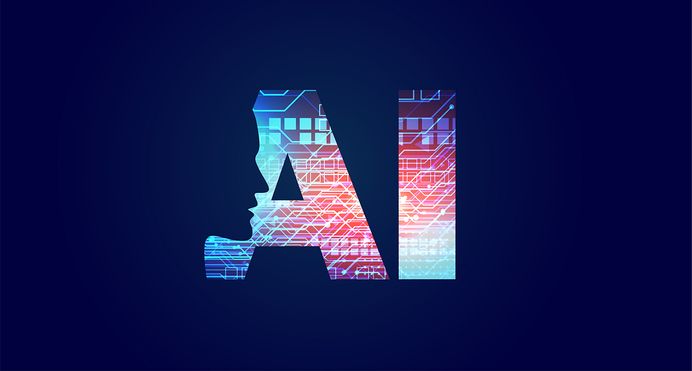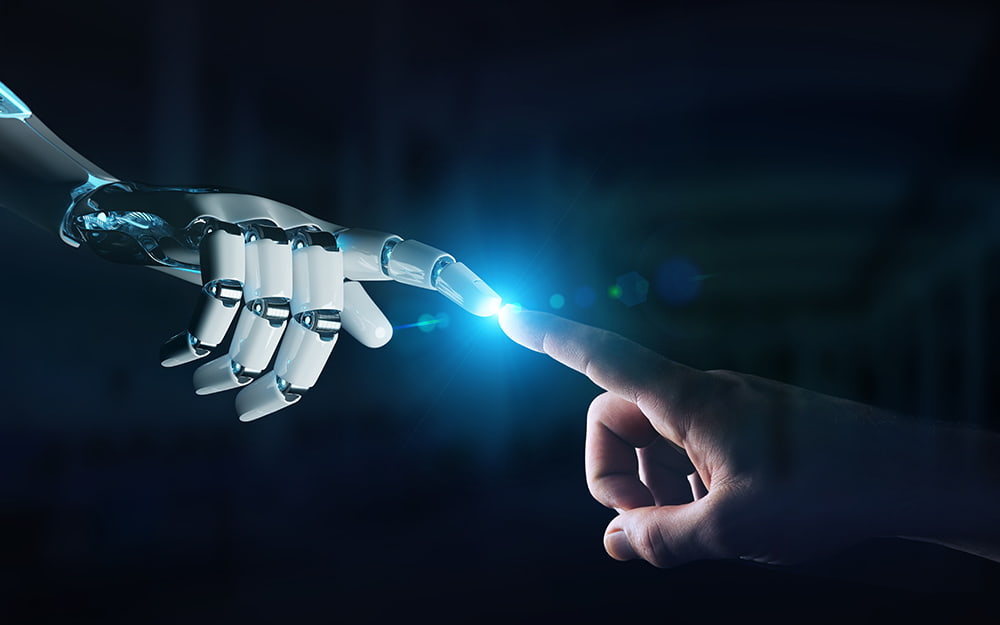
Neural networks, deep learning, AI & Jürgen Schmidhuber.
Artificial intelligence. Learning through creativity, curiosity & fun
We’re all always trying to make a huge impact in regard to the things we do. Over the course of time, we uncover the skills we possess, work on them and use these skills to spearhead the change we wish to see in the world. Greatness is often surrounded by the guise of mediocrity, it’s this constant battle between greatness – that’s looking to prosper or will it forever be dimmed out under the blaring lings of normalcy.
We feel it’s important to understand the relationship greatness shares with this ecosystem that we’ve created, because while we recognized this relationship that they both exist within, we’ve also got to realize that as of today, we’re building machines that will over time teach themselves to be a lot smarter than it’s creators, and we aren’t talking elementary smartness, but to the level where it can solve all problems that we can’t seem to solve ourselves, allowing us to focus on tasks that are a lot more innovative and human-centric in nature.
“We’re not only looking to build machines that learn a little here and learns a little there but also learns to improve the learning algorithm itself.” – Juergen Schmidhuber
About Juergen.
His research group also established the field of mathematically rigorous universal AI and optimal universal problem solvers. Juergen’s formal theory of creativity & curiosity & fun explains art, science, music, and humor. He is the recipient of numerous awards including the 2016 IEEE Neural Networks Pioneer Award “for pioneering contributions to deep learning and neural networks”.Here’s a quick link about Juergen Schmidhuber.
Everyone’s tuned into artificial intelligence
What Juergen is talking about has been proposed and talked about for over 30 years now, Juergen feels that there are just more people listening to what he’s saying today, so the potency and propensity for someone to tune into a conversation about artificial intelligence and how this technology will change things is a lot higher than in the past.
We’ve pegged this down to the fact that as of 2019, those very algorithms that were developed to reach this ultimate goal of, super-smart self-learning machines are in fact present in over 3000 million different smartphones. So naturally, listening to someone talk about artificial intelligence on the whole or AI in banking, AI in e-commerce or even artificial intelligence in retail and industries like insurance is a lot easier, interesting, makes a lot more sense (proof of the pudding is in the eating much) and more than anything else, it’s a lot more real.
The Big Five
Apple. Google. Facebook. Microsoft and Amazon.
As of August 2017, the world’s top 5 most valuable companies are using the power of AI, and deep learning artificial neural networks. What this further states is; artificial intelligence is central to what they are doing, and that all of them are heavily using deep learning methods that people like Juergens teams have created in the early 90’s back in Munich and countries like Switzerland.


Today we’re looking at something that Juergen calls the LSTM also known as the long short term memory, and how this plays an important role in regard to artificial intelligence.
LSTM & AI
Think of the LSTM as something that’s pretty radical and similar to your brain. It’s an artificial neural network that consists of neurons and just like how in our brain, we’ve got about 100 billion neurons, these neurons on an average, are connected to tens of thousands of other neurons. What does this translate to? Well, essential that we’ve got about a million billion connections.
Similarly to how our brain learns to solve problems through experiences and examples; neural networks work the same way. To better understand this, we’ve gone ahead and picked a very straightforward example to help us better understand this.
We’re all familiar with Google’s speech recognition on our smartphones. Whenever we take out our smartphones and we choose to speak to our assistant – it’s generally started with an “Ok Google”, followed up by our request.
These requests vary from, ‘what’s the closest cinema to you playing at the moment’ or ‘the shortest way to your friend, Georges’ house’. Google understands this speech because there is an LSTM in there that learns to understand speech.
Based on Juergens talks and articles, we estimate that every ten milliseconds, one hundred times a second, new inputs are being fed via your microphone which are then translated after thinking them into letters, which is then questioned to the search engine.
Artificial intelligence has learned to do this by solely listening to multiple requests and examples of speech for women, men, children to ultimately reach a very high level of understanding human speech, and a higher level of sophistication. Just look at Googles’ speech recognition from 2015 and today.
Tip of the AI(ce)-berg
Speech recognition is just one of the examples. When we move to a medium like Facebook, and we want to translate a message that’s in another language. When we do this, we’re waking up the use of the LSTM. According to Juergens’ team; Facebook uses LSTM to meet their demand of over 4 billion translations on the daily. That’s 50,00 sentences translated every second by an LSTM working for Facebook. That’s over a million translations since you started reading this paragraph alone!
This even applies to our amazon echos. When we ask our amazon echo a question and it answers us, this very voice we hear isn’t a recording but an LSTM network which has over the course of time learned from training examples to sound like a female voice!
Predictions to what we type and how our voice assistant’s talk to us, the of LSTM is huge. When you couple this with the fact that every 5 years, computers are getting 10 times cheaper. This trend has been around since the 40s. So for instance, when we could complete one operation in one second back in the 40’s we can complete over a million operations in a second as of 2019.
If this trend doesn’t break, which doesn’t seem like it will. We’re firm in our belief because, over the last 75 years, it’s stayed the same; then we’re essentially 50 years later there will be little computational devices that can mimic what over a million brains can do.
However, we don’t lookat this as with our dystopian goggles on. Everything is going to change if it hasn’t already- and change for the better. When we look at companies that are both big and small looking to make a great impact, the odds seem stacked against them, but somehow innovation and creativity have pushed to boundaries of what we’re able to achieve and that too, in such a short time.
About interface
Currently engaged with several enterprises in the Americas, Europe-Middle East-Africa (EMEA), and Asia-Pacific region, interface’s Intelligent Virtual Assistants or IVAs make every digital channel of an enterprise intelligent. With rich IVAs, an enterprise can leapfrog customer & employee experience to voice-first natural language interface. For more information, check out interface.ai
Discover the Latest Insights on Interactive Intelligence for Banking Newsletter
Join the newsletter to receive the latest updates in your inbox.



